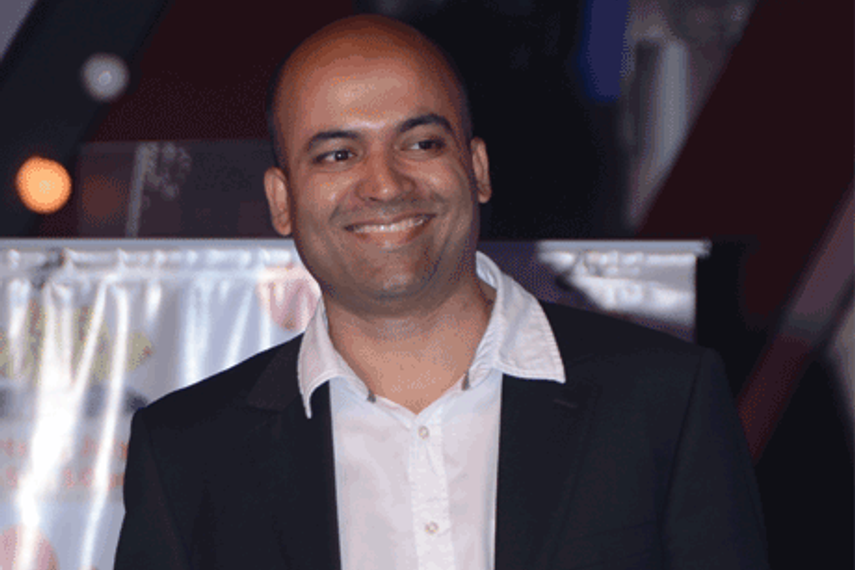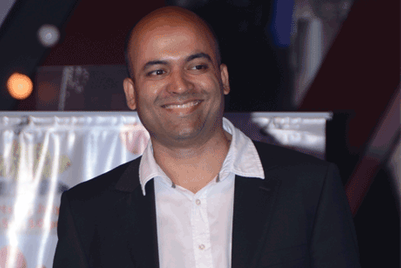
Life OK touched 120 TVRs within six months of its launch. Currently it’s hovering between 100-105 TVRs. What has worked in your favour and how do you plan to boost the viewership ratings from here?
We started Life OK when STAR One was at 35 TVR. With Life OK, our intent was to do a serious content filter and only carry content with a certain social impact. Considering that, we expected slower growth and had targeted a reach of 100 TVRs by the end of this December. We are certainly surprised with the growth we have achieved in the last six months. A couple of factors have contributed to that. Interestingly, a lot of growth in TVR came around the IPL season when you’d expect the growth to actually slow down. It shows that the content has been welcomed by the viewers. But there’s a lot of room for improvement. Our weekend is currently weak. New content has to be generated for that. We are taking it one show at a time. Laugh India Laugh is a step forward in that direction. Mahadev has drawn a lot of eyeballs but people only come in in large number when there’s an interesting turning point in the plot. So we have to bring in a lot of variations in our content; otherwise the viewership keeps going up and down. As far as Hindi GECs are concerned, we consider STAR Plus as much a competition as the other channels in the fray. We aim to be among the top three channels in the next one year now.
What part of your marketing budget has been devoted to marketing Laugh India Laugh?
This show constitutes 10 per cent of our current marketing budget since it is a big show. But in this case, the money is not that significant as is the struggle of finding the right talent for the show. We had planned on starting this show in December itself, at the time of the channel launch, so that we had a complete package to offer the viewers. But finding the right talent has taken up so much time. The promotions for this show involve TV spots, print and outdoor ads and radio spots.
What are the mediums outside STAR network that you utilise to promote shows in general?
We advertise on print, outdoor and on DTH platforms like Tata Sky, Dish TV and Airtel. Outside the STAR network, we advertise on Hindi news channels, music channels, religious channels (for Mahadev), and kids’ channels. We get a fair amount of kids skew towards shows like Mahadev and our cop show, Shapath.
What is the general break-up of viewership figures among male, female and kids viewership?
Unlike other Hindi GECs, we have an almost 50-50 ratio of male and female viewership for our shows. Kids comprise 14 per cent of the total viewership for the channel.
What are the new genres you would be investing in, going forward?
Our shows have always been inspired by headlines in the newspapers, be it the subject of domestic violence, crime or faith. The next genre we are exploring is terror. We have announced a new show titled 26/12. We can’t talk about it at the moment but I can tell you that it’s going to be the next big differentiator for Life OK. We are also planning to do something different around Independence Day. Instead of having a song and dance routine, we are planning a series of events targeting kids which will involve a week of activities centered on the entire journey of achieving Independence and saluting our heroes.
What are the challenges for Life OK in the present scenario?
(Delay in) Digitisation is one challenge that the entire industry is trying to combat right now. If we are registering 110 TVRs on an average, 140 TVRs would be from digital (DTH players) while analog would give us only 90 TVRs. One can imagine how the viewership would improve once digitisation kicks in. Other challenges include creating good content consistently and scaling up the production quality of that content. But that (the latter part) will come in as the revenue scales up. We don’t have a legacy that STAR Plus and the rest of the Hindi GECs have, but it’s both a good and a bad thing. Our edge is in our positioning of the channel. Our filter for all shows is: Can it make a difference to people’s lives? And that’s what propels us to create better work every time.
Has the content really made such a difference in people’s life so far?
It has certainly had a huge impact on people. We involved our viewers in deciding the next twist in the plot of our show on domestic violence, Saubhagyavati Bhava? We got over two lakh calls from men and women telling us what the protagonist should do and we went ahead with the idea that won majority of votes. The TVR for the show went up by 50 per cent post the call initiative. In addition to that, we tied up with Bell Bajao to conduct workshops in Uttar Pradesh where domestic violence is a grave issue. We have been funding the entire activity without any inclination for the return on investment but to build a goodwill for the channel.


.jpg&h=334&w=500&q=100&v=20250320&c=1)

.jpg&h=334&w=500&q=100&v=20250320&c=1)


.jpg&h=334&w=500&q=100&v=20250320&c=1)


.jpg&h=334&w=500&q=100&v=20250320&c=1)

.jpg&h=268&w=401&q=100&v=20250320&c=1)




.jpg&h=268&w=401&q=100&v=20250320&c=1)
.jpg&h=268&w=401&q=100&v=20250320&c=1)

